

 JAMES HICKMAN explains how to add storage track to the hidden parts of your layout.
JAMES HICKMAN explains how to add storage track to the hidden parts of your layout.
So far in this series we have looked at Layout Planning and Design and Baseboard Basics. In this article we are looking at something not often talked about but key to many layouts - a fiddle yard. In basic terms, a fiddle yard is an off-scene area of a layout where trains and locomotives are stored, ready for action. There are different styles and ways of constructing fiddle yards, and we will look at a few of them here.
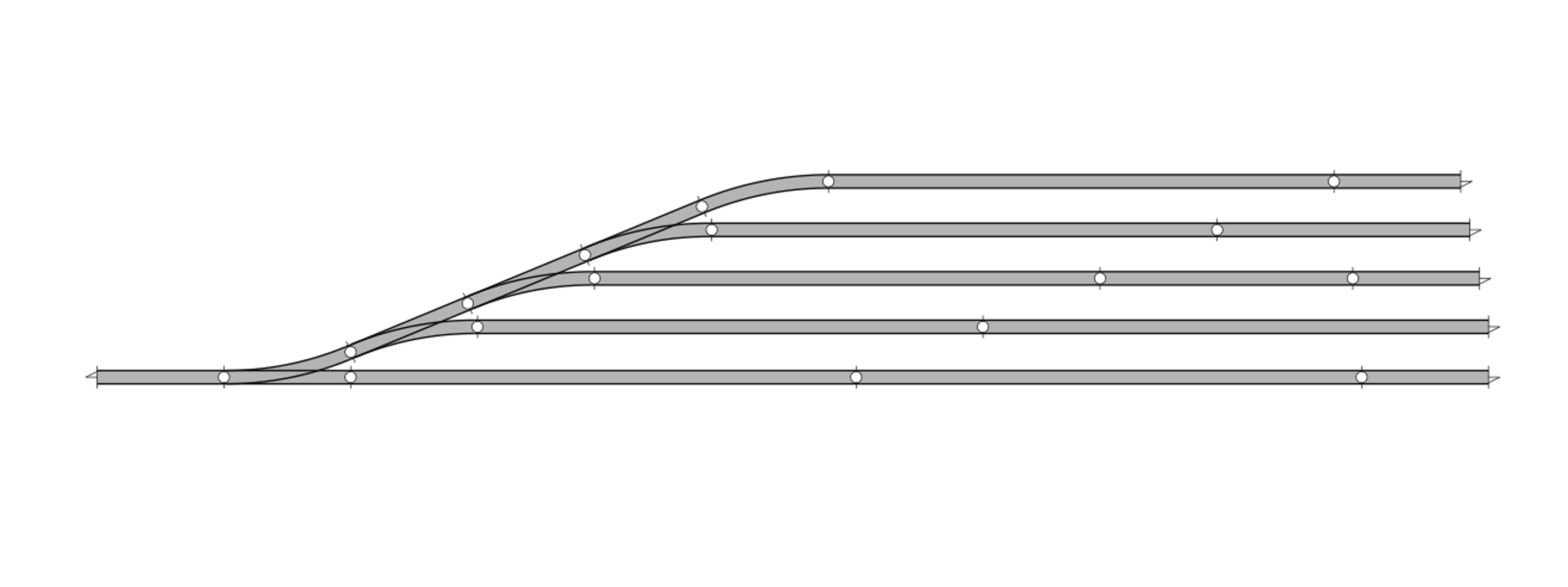
The most basic fiddle yard is a simple siding or two. You tend to find these on smaller layouts and can be hidden inside buildings or accessed through an engine shed or goods shed. These offer additional storage for trains to be stored, but they can be impacted by the requirement that the sidings are accessed by points - the more points you have, the shorter the run.

A simple solution to the area that points take up is to remove the need. This is sometimes done by using a rotating board or turntable. There is a downside to this option, however, as this method does require the bed (area that rotates) to be the length of the items being turned. With a layout hosting larger trains, this would mean a large bed. The track required the other side of the bed also needs to be the same length again.
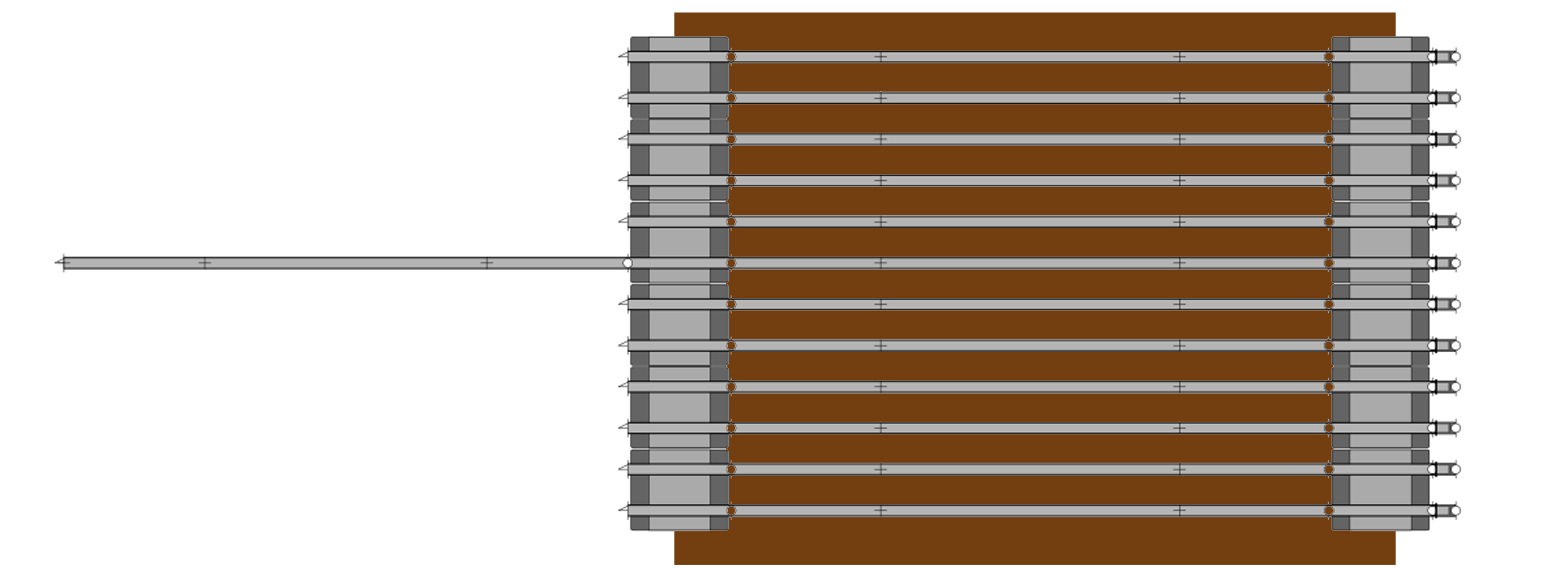
At first, this type of fiddle yard looks a bit strange and the question of how to access the additional roads comes up instantly. The answer to this is simple - the centre section moves, and this is known as a transfer table. This also eliminates the area required, as the trains are stored on the moving platform and not having to make way for another. Essentially, this design takes up half the space of a turntable design. Interestingly, like the turntable mentioned above, transfer tables do exist in real life but again, like the turntable, the prototypes were designed for locomotive movements only.
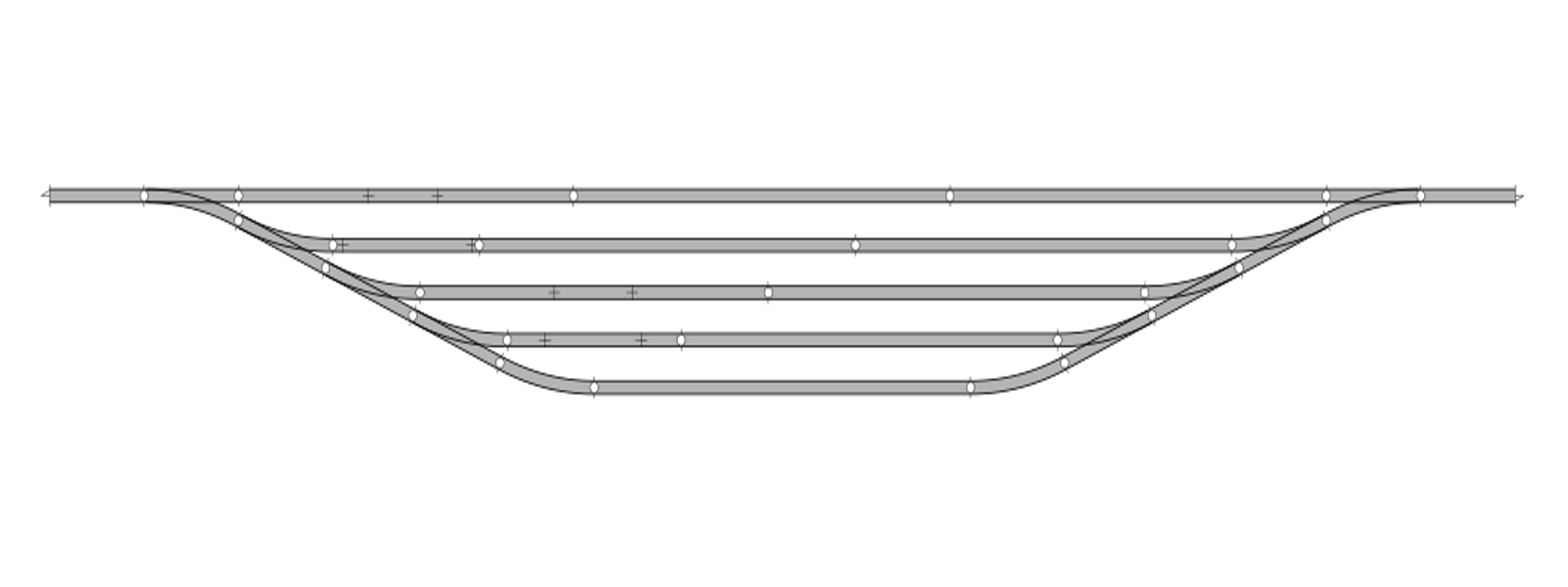
Larger layouts, such as those found on the exhibition circuit, mainly use the following two methods. That said, if you have the space these designs can also be used on any home layout as well. The first is the ladder yard. This is a stepped series of sidings connected to the main line at both ends, allowing locomotives to be run round the train when a spare road is utilised. If you have a circular layout these are traditionally used inline so that you can drive in and out without additional locomotive movements.
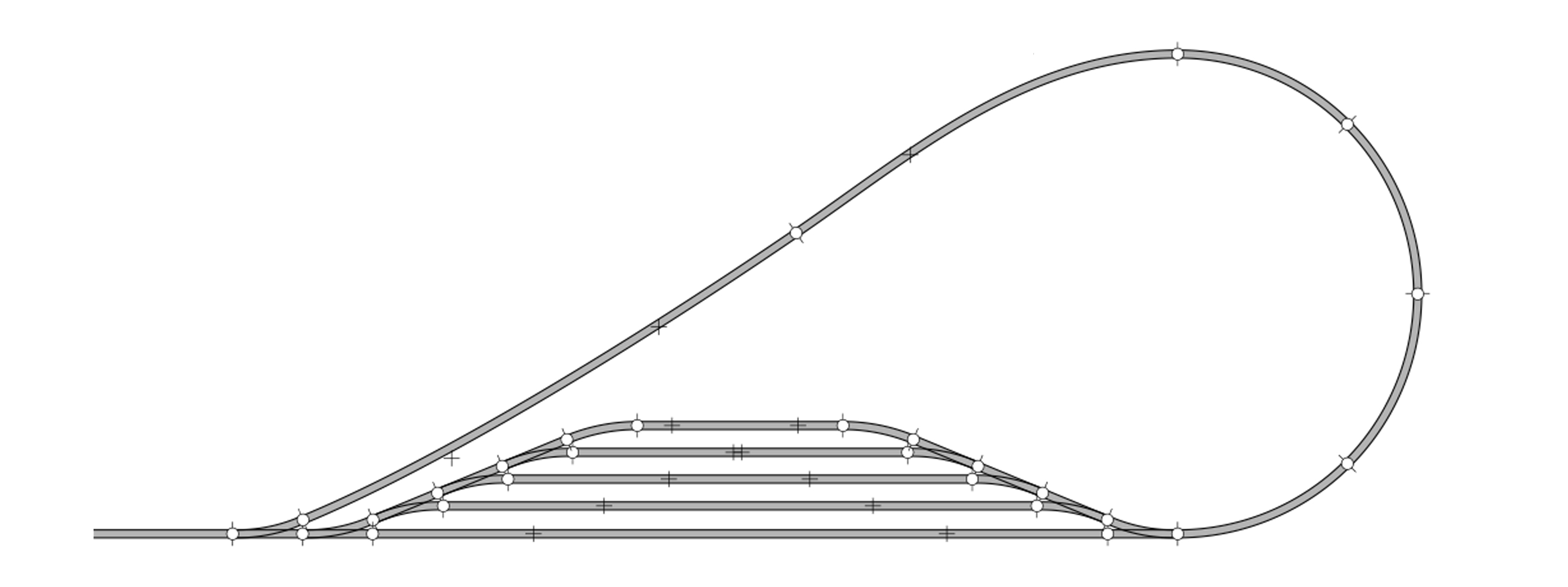
The idea of the ladder yard can also be applied to an end-to-end layout, when combined with a reverse loop. The fact a reverse loop is present does mean you do need additional wiring to control this, but you can find information on this here. This set up does allow you to run your trains in, park them up, and run them out again back onto the road they came from.
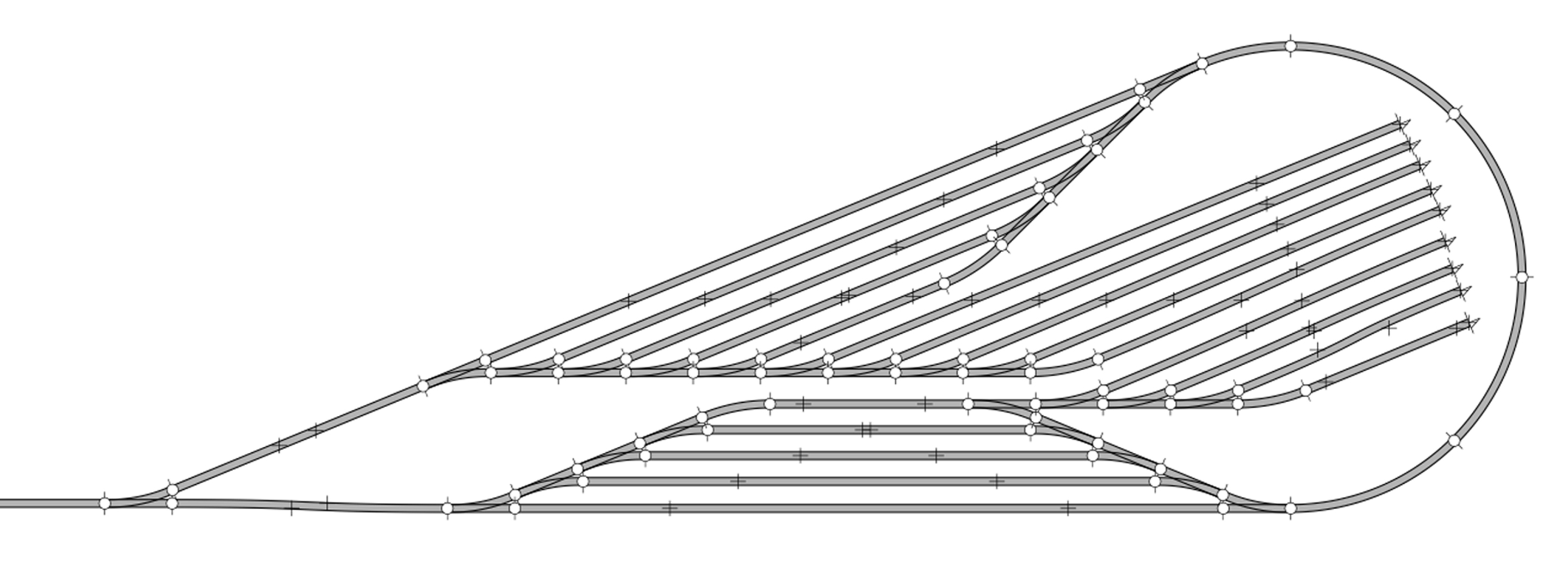
The image above takes the ideas previously mentioned and makes use of the extra space left by creating the loop. A second set of ladders were installed along with another run of sidings, some from either end. Although there is some space left you will see that including any additional sidings would lead to very short lines, capable of holding very little.
When it comes to fiddle yards, they can be placed in many other locations as well. They could be mounted on the side of your layout, behind, or even below - the choice is yours. Of course, some modellers prefer to not have fiddle yard, instead modelling the rows of sidings the stock would live in and, of course, that’s okay too! Now that all the design, planning and baseboards are constructed, it will soon be time to lay the track!
This article is part of a series of articles taking the reader through the process of building a layout. All the other parts can be found on the ‘Getting Started’ page under the heading Building a Layout.